7/11/2020
Local trail
Hot and Humid
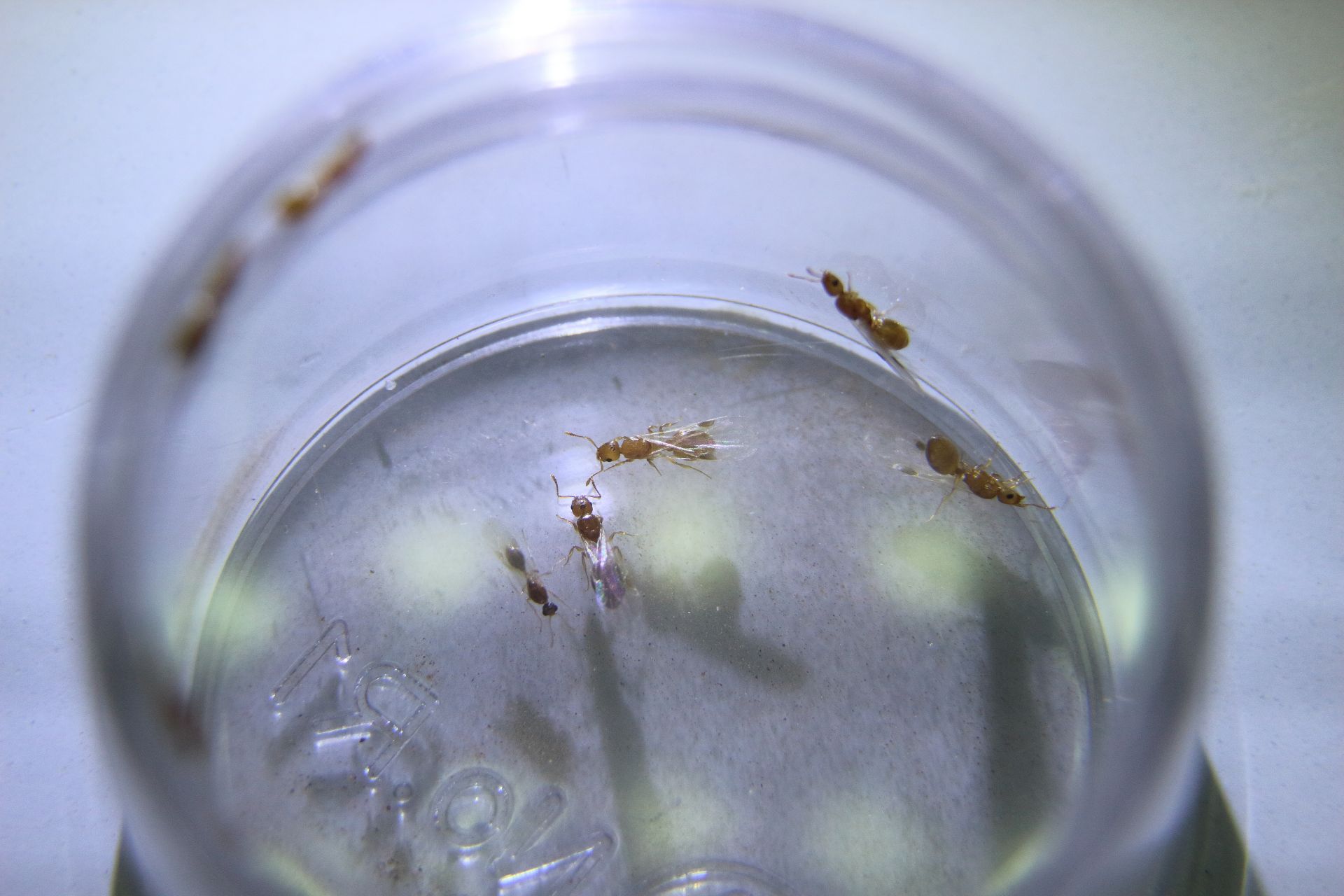
These look like molesta but smaller and have marks on wings.
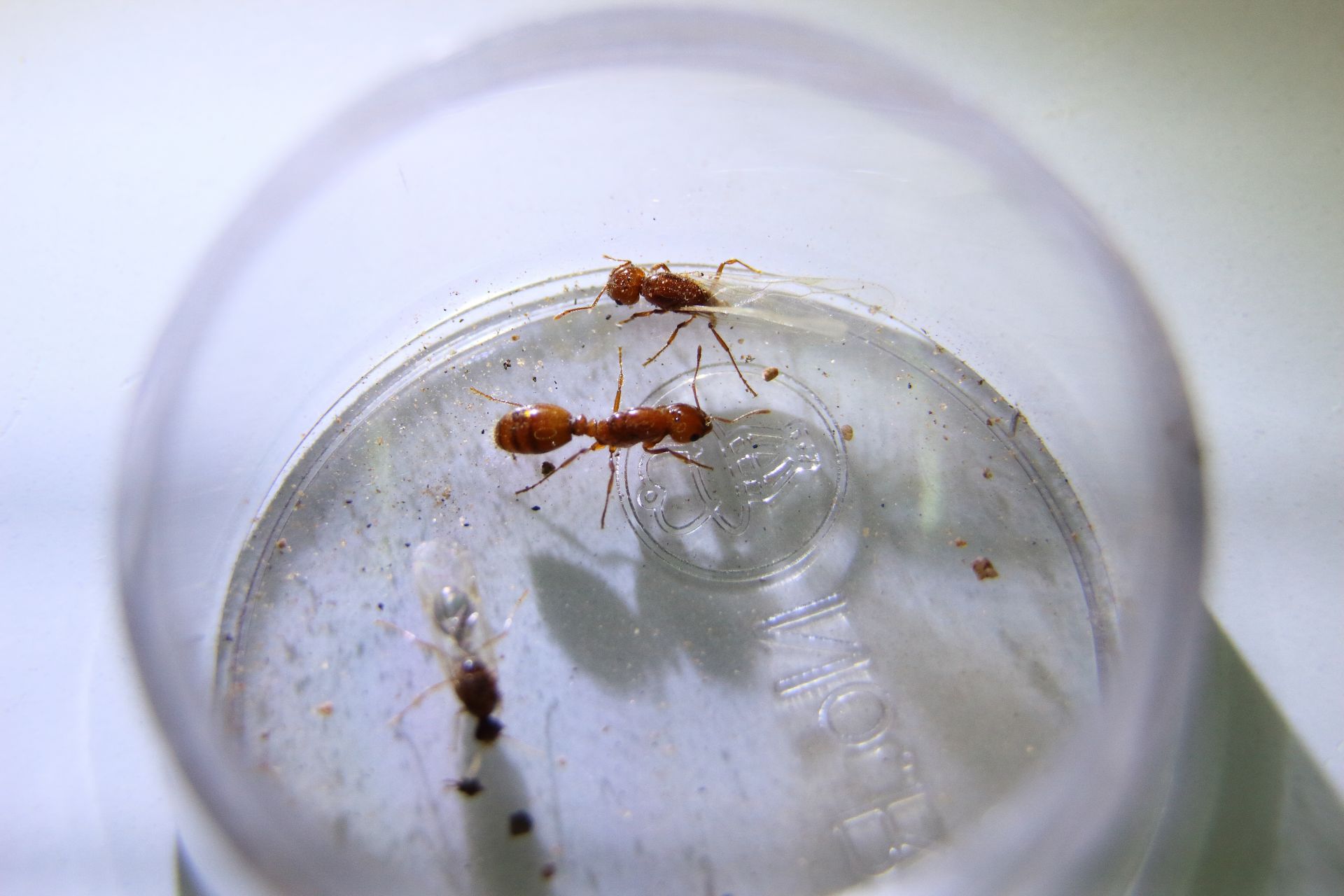
Solenopsis?
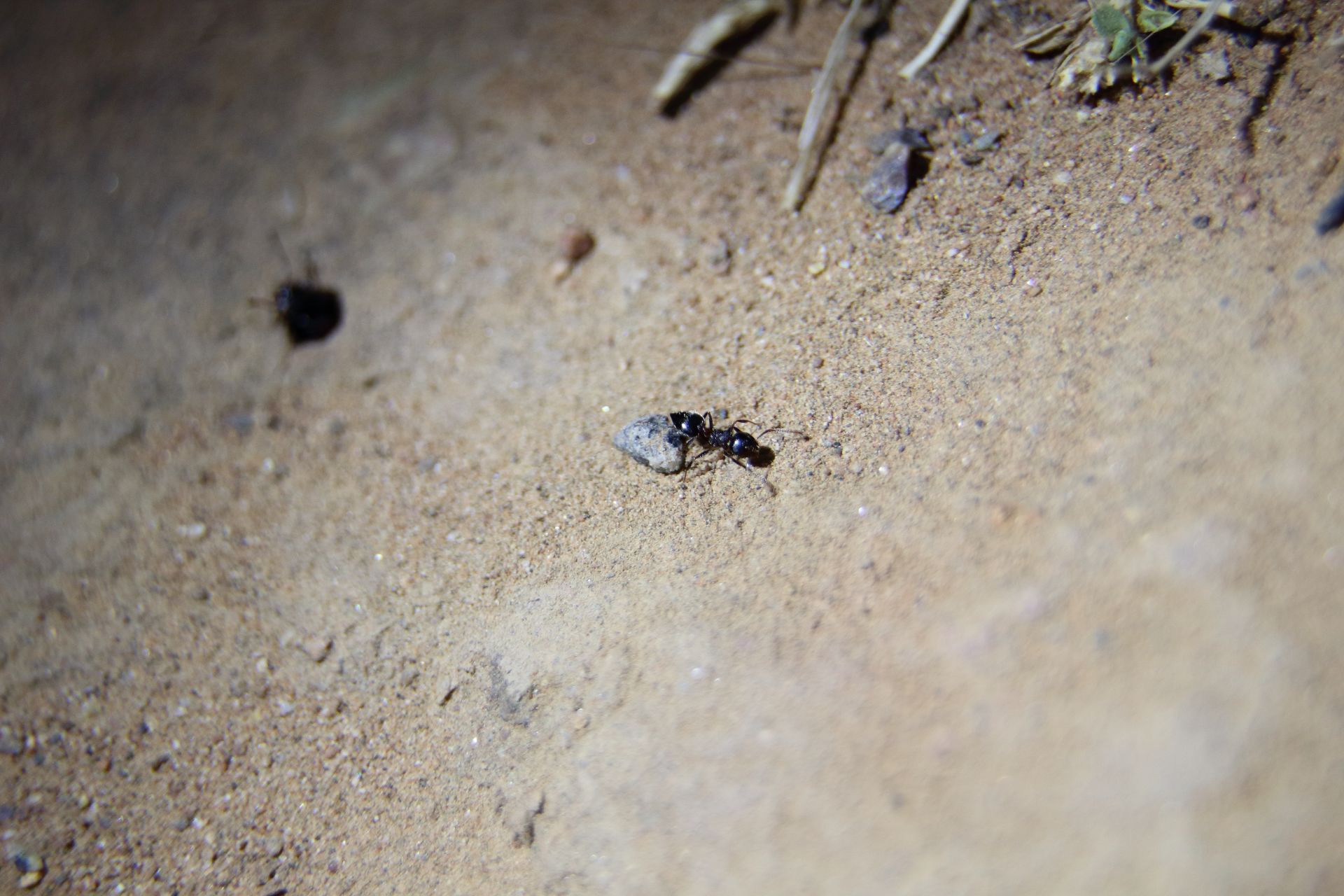
crematogaster?
Edited by M_Ants, April 3 2024 - 5:47 PM.
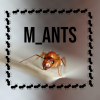
7/11/2020
Local trail
Hot and Humid

These look like molesta but smaller and have marks on wings.

Solenopsis?

crematogaster?
Edited by M_Ants, April 3 2024 - 5:47 PM.
Veromessor pergandei
Veromessor andrei
Crematogaster sp.
Pogonomyrmex cf cali and rugosus
Various Pheidole
C. yogi
What part of mission trails? I was planning on checking it out tomorrow
I went to the parking lot and hiked down the trails with all the tall grass.
Veromessor pergandei
Veromessor andrei
Crematogaster sp.
Pogonomyrmex cf cali and rugosus
Various Pheidole
C. yogi
1. Pheidole sp.
2. Solenopsis amblychila (social parasite)
3. Crematogaster sp.
Wait the tiny ones are pheidole? Can I keep the Solenopsis?
Veromessor pergandei
Veromessor andrei
Crematogaster sp.
Pogonomyrmex cf cali and rugosus
Various Pheidole
C. yogi
yes, they are pheidole, and in order to keep the solenopsis you will need to collect solenopsis xyloni pupae and possibly callows and introduce them to your queen.Wait the tiny ones are pheidole? Can I keep the Solenopsis?1. Pheidole sp.
2. Solenopsis amblychila (social parasite)
3. Crematogaster sp.
Huh. They look like molesta to me.
Veromessor pergandei
Veromessor andrei
Crematogaster sp.
Pogonomyrmex cf cali and rugosus
Various Pheidole
C. yogi
Nope. They are probably amblychila which are parasitic.
Edited by NickAnter, July 12 2020 - 6:50 AM.
Hi there! I went on a 6 month or so hiatus, in part due, and in part cause of the death of my colonies.
However, I went back to the Sierras, and restarted my collection, which is now as follows:
Aphaenogaster uinta, Camponotus vicinus, Camponotus modoc, Formica cf. aserva, Formica cf. micropthalma, Formica cf. manni, Formica subpolita, Formica cf. subaenescens, Lasius americanus, Manica invidia, Pogonomyrmex salinus, Pogonomyrmex sp. 1, Solenopsis validiuscula, & Solenopsis sp. 3 (new Sierra variant).
I meant the first ones.
I agree about the other one.
Veromessor pergandei
Veromessor andrei
Crematogaster sp.
Pogonomyrmex cf cali and rugosus
Various Pheidole
C. yogi
The first ones are certainly Pheidole.
Hi there! I went on a 6 month or so hiatus, in part due, and in part cause of the death of my colonies.
However, I went back to the Sierras, and restarted my collection, which is now as follows:
Aphaenogaster uinta, Camponotus vicinus, Camponotus modoc, Formica cf. aserva, Formica cf. micropthalma, Formica cf. manni, Formica subpolita, Formica cf. subaenescens, Lasius americanus, Manica invidia, Pogonomyrmex salinus, Pogonomyrmex sp. 1, Solenopsis validiuscula, & Solenopsis sp. 3 (new Sierra variant).
Oh cool. Yeah I agree now that I'm looking at them. They were swarming my flashlight and one mated on my knee. ![]()
Veromessor pergandei
Veromessor andrei
Crematogaster sp.
Pogonomyrmex cf cali and rugosus
Various Pheidole
C. yogi
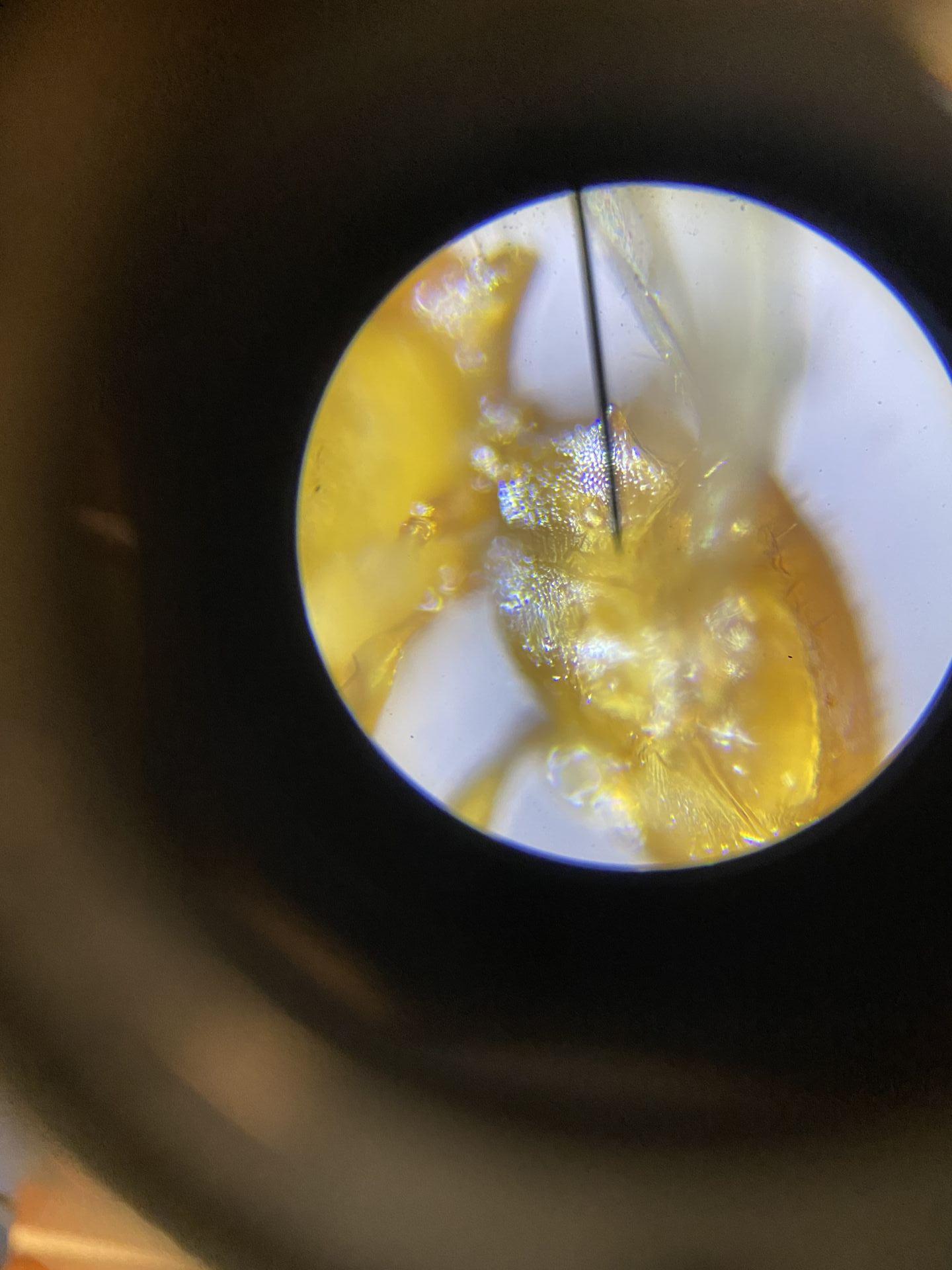
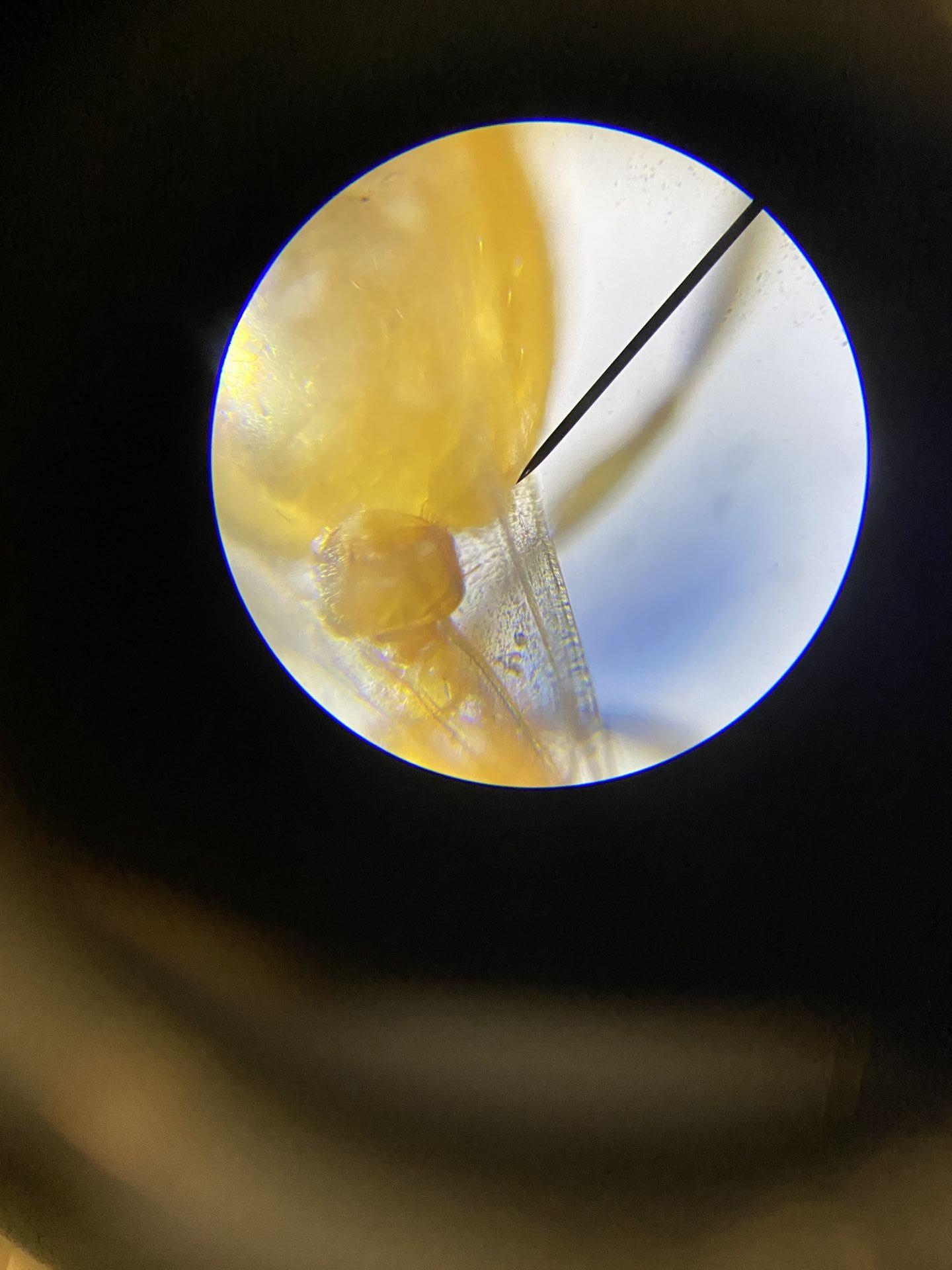
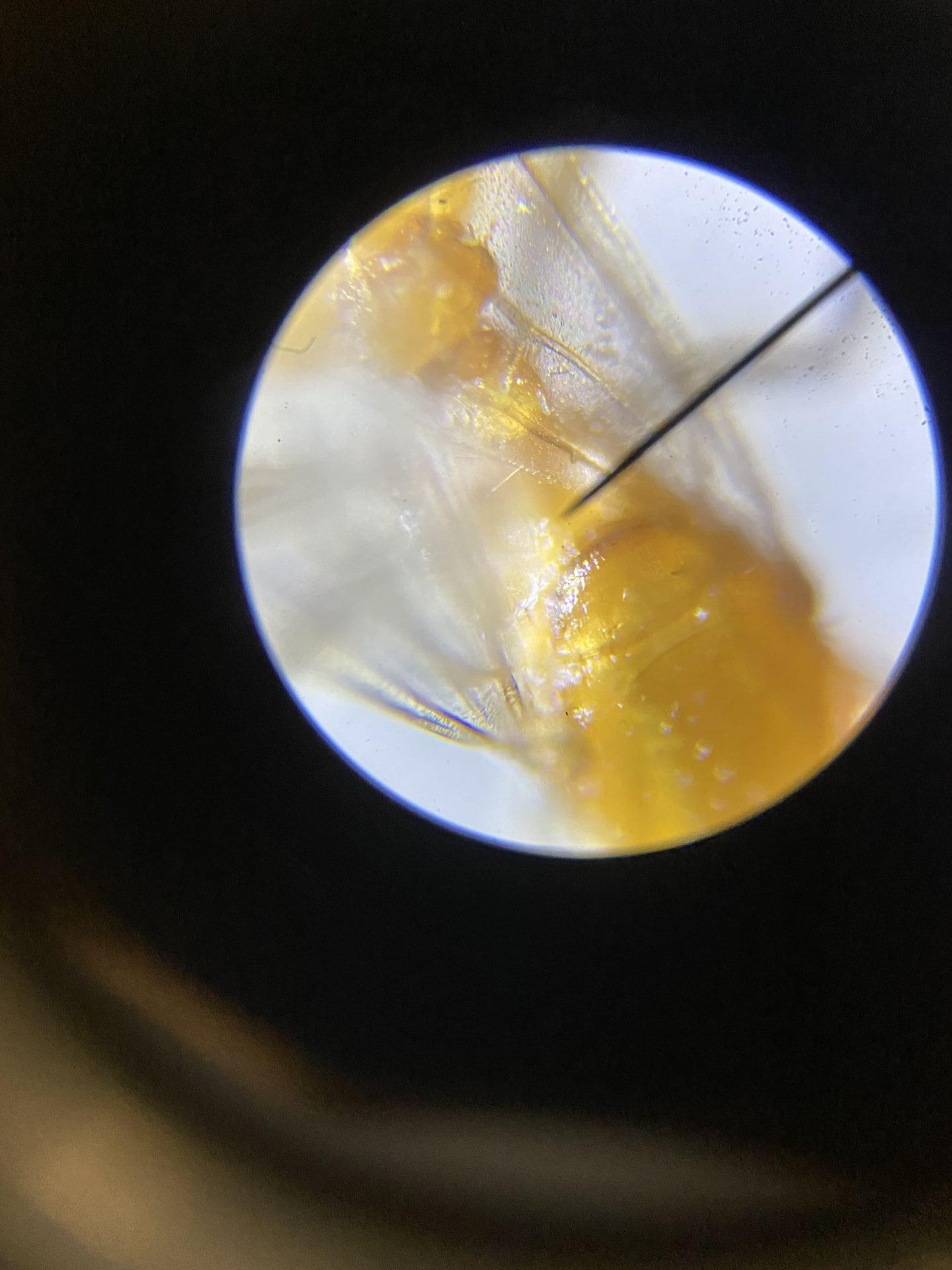
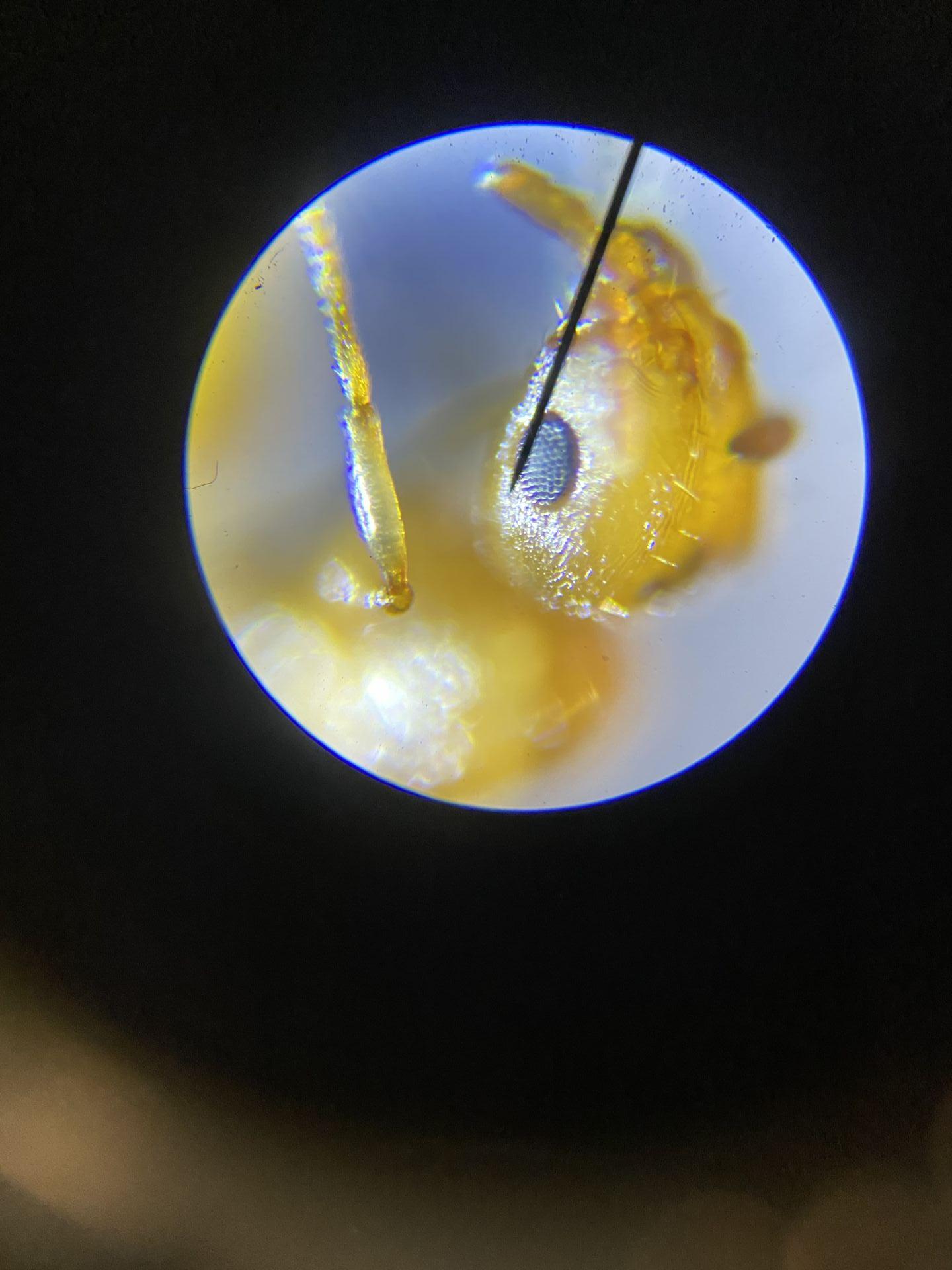
Took some pics in case anyone can id the pheidole.
Veromessor pergandei
Veromessor andrei
Crematogaster sp.
Pogonomyrmex cf cali and rugosus
Various Pheidole
C. yogi
Don't most temnothorax have striping or patterns?
Veromessor pergandei
Veromessor andrei
Crematogaster sp.
Pogonomyrmex cf cali and rugosus
Various Pheidole
C. yogi
I need a view of the antenna. A simple antenna segment count will distinguish them.
Edited by NickAnter, July 16 2020 - 9:46 AM.
Hi there! I went on a 6 month or so hiatus, in part due, and in part cause of the death of my colonies.
However, I went back to the Sierras, and restarted my collection, which is now as follows:
Aphaenogaster uinta, Camponotus vicinus, Camponotus modoc, Formica cf. aserva, Formica cf. micropthalma, Formica cf. manni, Formica subpolita, Formica cf. subaenescens, Lasius americanus, Manica invidia, Pogonomyrmex salinus, Pogonomyrmex sp. 1, Solenopsis validiuscula, & Solenopsis sp. 3 (new Sierra variant).
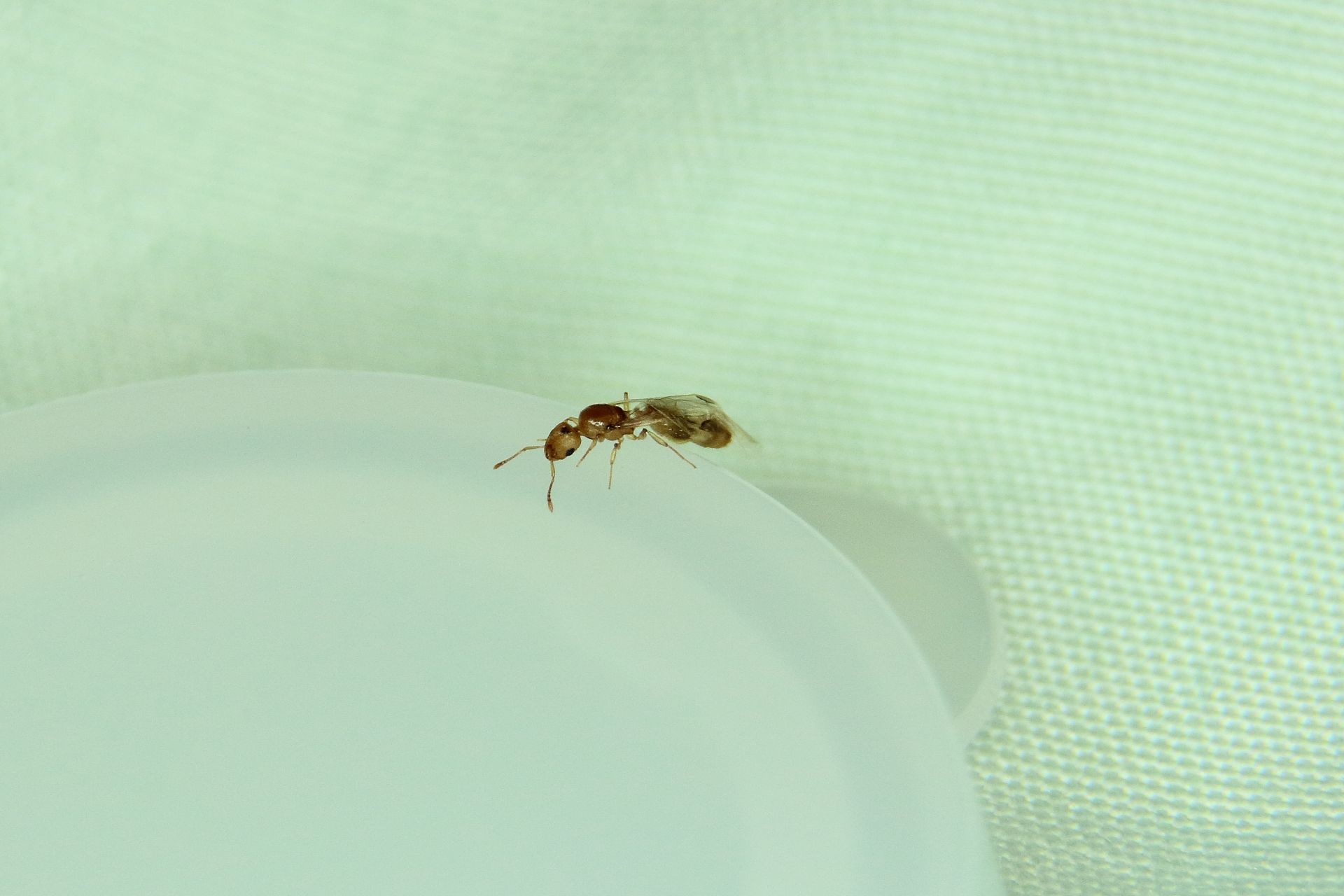
Edited by M_Ants, July 16 2020 - 10:02 AM.
Veromessor pergandei
Veromessor andrei
Crematogaster sp.
Pogonomyrmex cf cali and rugosus
Various Pheidole
C. yogi
Need a lot more zoomed in than that.
Hi there! I went on a 6 month or so hiatus, in part due, and in part cause of the death of my colonies.
However, I went back to the Sierras, and restarted my collection, which is now as follows:
Aphaenogaster uinta, Camponotus vicinus, Camponotus modoc, Formica cf. aserva, Formica cf. micropthalma, Formica cf. manni, Formica subpolita, Formica cf. subaenescens, Lasius americanus, Manica invidia, Pogonomyrmex salinus, Pogonomyrmex sp. 1, Solenopsis validiuscula, & Solenopsis sp. 3 (new Sierra variant).
They were swarming my flashlight and one mated on my knee.
One time during a Solenopsis molesta/Lasius neoniger flight a Brachymyrmex depilis couple landed on my neck. Unfortunately I acted habitually, as most things landing on me are mosquitoes and flies, which are habitually slapped (and fed to my ants). I ended up injuring the queen, however she lived for a few more hours after that before dying.
"God made..... all the creatures that move along the ground according to their kinds (including ants). And God saw that it was good. Genesis 1:25 NIV version
Keeping:
Formica cf. pallidefulva, cf. incerta, cf. argentea
Formica cf. aserva, cf. subintegra
Myrmica sp.
Lasius neoniger, brevicornis
Does this help? It is hard to get a picture of antennae segments.
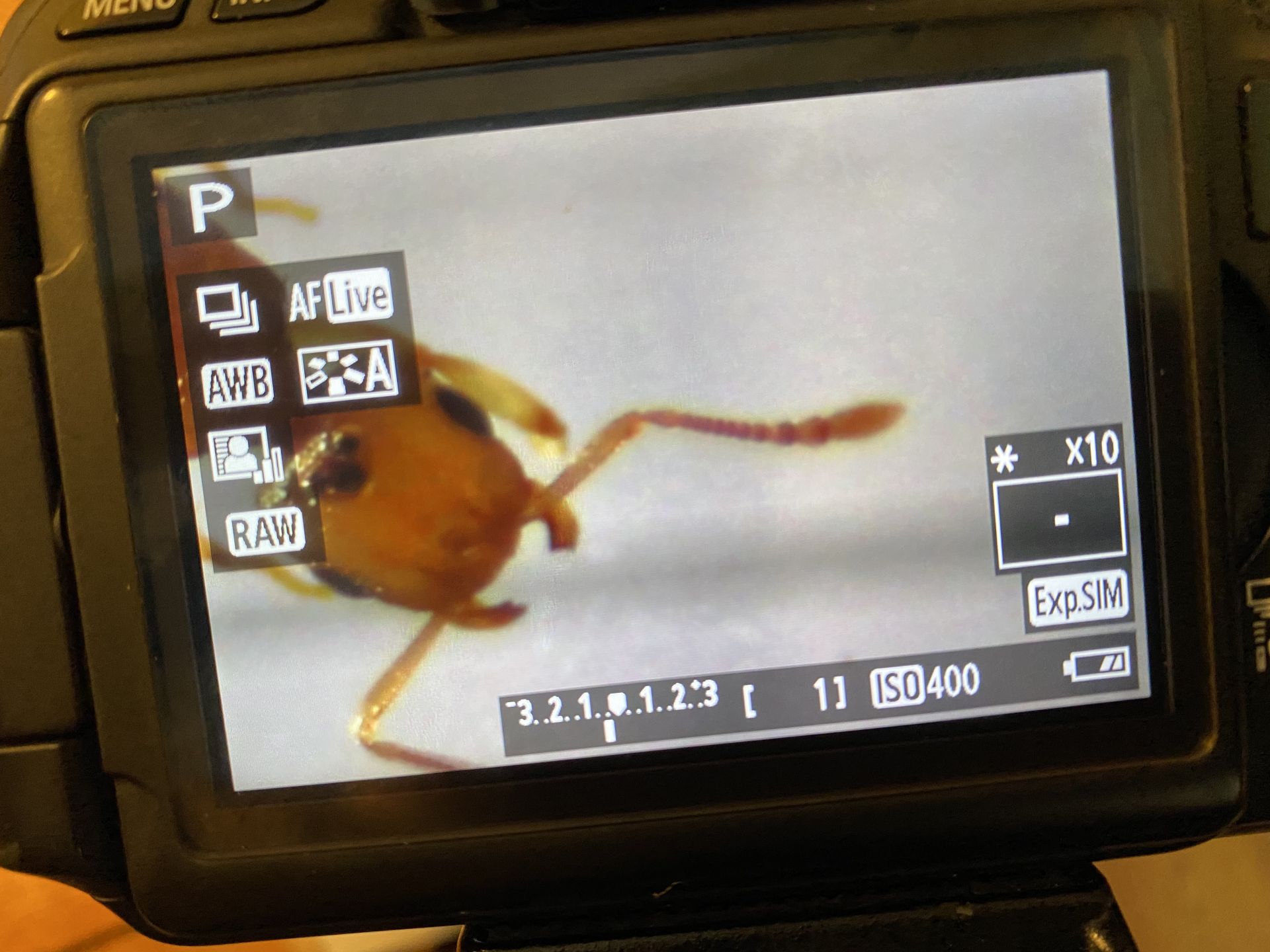
Veromessor pergandei
Veromessor andrei
Crematogaster sp.
Pogonomyrmex cf cali and rugosus
Various Pheidole
C. yogi
Perfect. Temnothorax, with 12 antennal segments. Pheidole has 11.
Hi there! I went on a 6 month or so hiatus, in part due, and in part cause of the death of my colonies.
However, I went back to the Sierras, and restarted my collection, which is now as follows:
Aphaenogaster uinta, Camponotus vicinus, Camponotus modoc, Formica cf. aserva, Formica cf. micropthalma, Formica cf. manni, Formica subpolita, Formica cf. subaenescens, Lasius americanus, Manica invidia, Pogonomyrmex salinus, Pogonomyrmex sp. 1, Solenopsis validiuscula, & Solenopsis sp. 3 (new Sierra variant).
0 members, 0 guests, 0 anonymous users